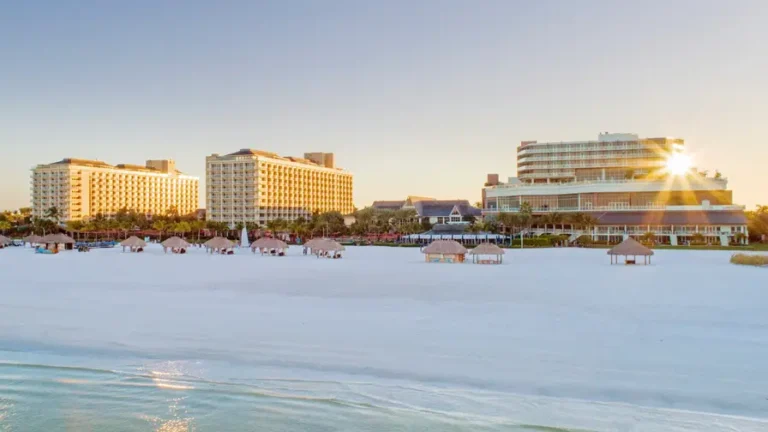By WILL WATTS

Earlier this year, officials celebrated the grand opening of the final section of the Wekiva Parkway, fulfilling the long-awaited completion of Central Florida’s beltway, and highlighting unprecedented steps taken before, during, and after construction to protect the natural resources surrounding the Wekiva River, a National Wild and Scenic River and Florida Outstanding Waterway. This underscores how Wekiva River protection was key to the project’s success.
Completing the beltway, which connected State Road (S.R.) 429 to Interstate 4 (I-4), and S.R. 417, was accomplished in partnership with the Florida Department of Transportation (FDOT) and the Central Florida Expressway Authority. By protecting the natural resources surrounding the Wekiva River, the project is a major accomplishment for the region and the state.
“It’s road projects such as Wekiva Parkway that break the mold on how projects are built. Wekiva Parkway is not only an achievement for transportation, but also a win for the environment surrounding it,” said FDOT Secretary Jared W. Perdue, P.E. “I’m grateful for Governor DeSantis’ unwavering leadership and keen environmental stewardship that allows the Department to develop and implement projects that go above and beyond to meet transportation needs of our communities. This is a community-focused project, and the Department’s attention to design and detail shows that.”
Many of the innovative processes and techniques that FDOT employed on this project were unprecedented for a state transportation agency to consider, much less execute successfully. Accomplishing these efforts on Wekiva Parkway has not only raised the bar but made it the model project for other state DOTs and transportation agencies worldwide. Transportation planners around the globe now refer to the “Wekiva Parkway model” when developing major improvements through environmentally sensitive areas.
The Wekiva Parkway was designed with environmental stewardship in mind. The Wekiva River Basin provides habitat for rare or threatened species including the Florida Black Bear, Bald Eagles and Burrowing Owls. Developing the parkway while creating as little disturbance as possible to the Wekiva Basin was a major accomplishment that required FDOT to incorporate new ways of delivering infrastructure. One example includes the Department relocating nearly a mile of County Road 46A out of the Seminole State Forest to reestablish an undisturbed natural habitat in the area.
FDOT used innovative “top-down” construction to build the three bridges over the Wekiva River. This means heavy equipment was never put in the river to preserve its pristine nature. All work was done on land or from the tops of the bridge piers located on the river sides. With the constant goal of incorporating the natural beauty of the area into the project, FDOT even adjusted the northernmost bridge location to preserve a legacy grand cypress tree, believed to be more than 100 years old. FDOT incorporated these innovative techniques to ensure the community vision for this project was accomplished while leaving as much of the natural surroundings around the project untouched.
The Wekiva Parkway project limits the number of interchanges in natural areas, conserving 3,400 acres of land and includes 1.5 miles of wildlife crossing bridges and other environmental protections, one of the longest in Florida.
The Wekiva Parkway incorporates multiple modes of transportation, including a series of trails for nature lovers to enjoy. As part of the project, the FDOT constructed a 10-mile, multi-use trail through Orange, Lake and Seminole counties. The trail crosses over a new, high-profile bridge over the Wekiva River. The Wekiva Parkway trail is planned to tie into a proposed extension of the West Orange Trail in Orange County, the Lake-Wekiva trail in Lake County, and an extension of the Seminole-Wekiva Trail in Seminole County.
The steps FDOT took to be good stewards of the environment did not lessen their ability to dramatically expand connectivity throughout Central Florida. The Wekiva Parkway completes the western beltway around the Orlando area to relieve congestion, enhance safety, and offer motorists yet another travel choice to improve mobility in a quickly growing region.
FDOT District Five Secretary John E. Tyler, P.E., said the key to the Parkway’s success was partnerships with environmentalists, state agencies, and local governments and communities.
“We built bridges for this project that protected our natural treasures and preserved natural spaces for future generations,” Tyler said. “I’m proud of what FDOT has done, but we are just one piece in the puzzle. I want to thank all of our local partners who committed to making one of the most comprehensive environmental and construction partnerships a model for future success.”
Will Watts is the Assistant Secretary for the Florida Department of Transportation.

























